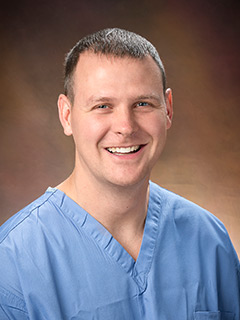HOW CAN WE HELP YOU? Call 1-800-TRY-CHOP
In This Section
CVI News: 3D Print in Medicine Publication featuring Scientific Highlights from CHOP CVI members Matthew Jolley and Jonathan Chen
Surgical and catheter-based interventions for congenital heart disease require precise understanding of complex anatomy. Preoperative imaging is a critical tool for assessing the feasibility of complex repairs, as well as informing their optimal execution. 2-dimensional (2D) echocardiography is routinely utilized but relies on reader’s ability to reconstruct complex anatomy in 3-dimensions (3D) from 2D images. Cross-sectional imaging is often used to provide detailed anatomic information with high spatial resolution of the entire heart, but is traditionally viewed as a series of 2D slices which similarly rely upon the user to reconstruct the critical internal 3D anatomy. This limitation has led to the exploration of methods to more intuitively comprehend the latent 3D information in cross-sectional images by creating virtual and 3D printed models.

Dr. Chen
In this paper, we describe the growth and development of a clinical 3D modeling service in which patient imaging was imported into 3D and virtual reality platforms to aid in interpretation and procedural planning across a variety of patients with complex congenital heart disease. Noted in particular was the considerable time that model reformatting required, and future creation of specialized tools, leveraging of machine learning and automation of image transfer will further increase the speed and accuracy of modeling.
